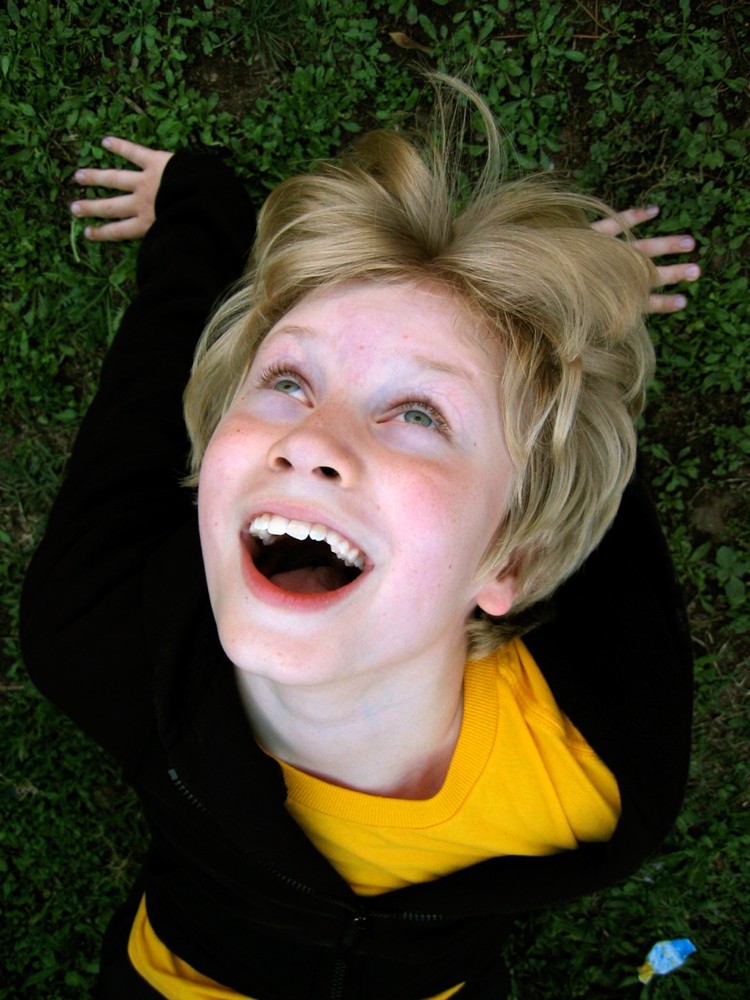 GO TEAM GO! Seize the day! Life is short! There’s no time like the present! Just do it!
GO TEAM GO! Seize the day! Life is short! There’s no time like the present! Just do it!
Traveling and learning are naturally compatible activities; one enhances the other. Together they create a different state of mind where the world becomes a classroom and all the people in it are teachers. Homeschooling on the road was such a great experience for our family that I’m convinced if everyone knew how easy, rewarding and fun it is, there would be a groundswell of road scholars. And I think that would be a very good thing for kids, parents, education and world citizenship.
It’s easy. We were not professional educators – just a couple of freelancers with an eight-year old son. If we could homeschool on the road, then you can too (all you need is love…). Start by planning a trip to a place your family is curious about. Then visit your child’s principal, outline your travel plans, promise to keep up with the curriculum while you’re away and politely ask for a leave of absence for your child. Here’s some advice: do not ask teachers to work up a curriculum for you – they are already very busy. You may ask them for a list of the material they expect to cover while you’re away; then do some research and assemble your program; there are lots of resources (and many are free) on the web.
It’s rewarding. You don’t need to make a long term commitment to roadschooling to reap the rewards; you can do it over summer vacation, a long weekend or even on a family daytrip. It’s not about how far you go or how much money you spend, it’s about focusing a child’s natural curiosity about the world and connecting that to learning. The effort you make now to teach your kids about the world will benefit them for years to come. It may even kickstart your child’s education (like it did for our son: the power of positive disruption).
It’s fun. Well duh, that’s pretty obvious (see the photo above). You’ll explore new places together, get closer and make memories that will become family treasures. What could be more fun than that?
One more piece of advice: Don’t wait.
Homeschooling on the road is simpler when kids are in elementary school. As they move into the higher grades, the curriculum can get pretty challenging for non-professionals to cover (I’m talking about things like algebra and physics).
There are no cheerleaders for the ‘stay home and don’t try anything new’ team. So…GO TEAM GO! Hit the road and LEARN!














